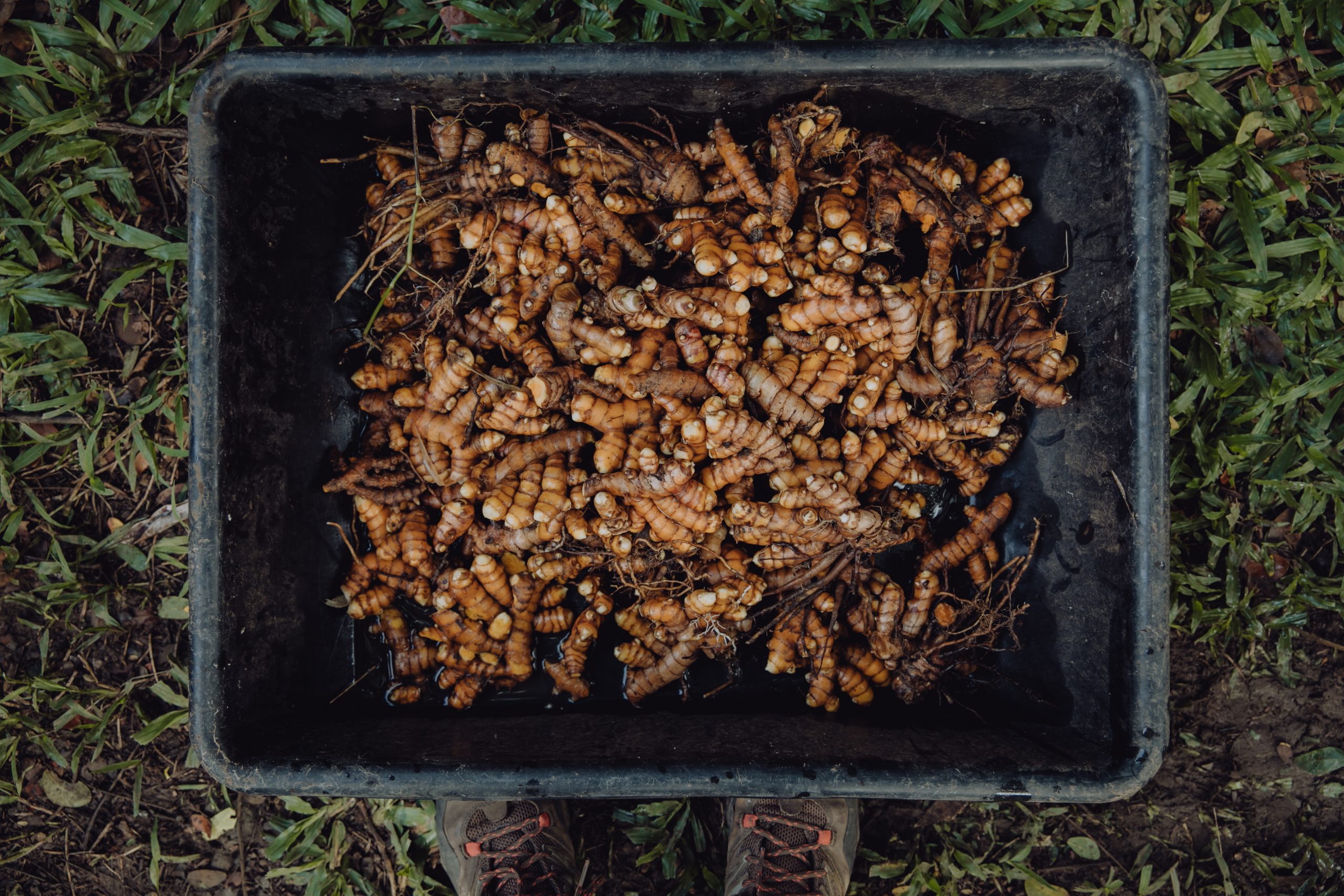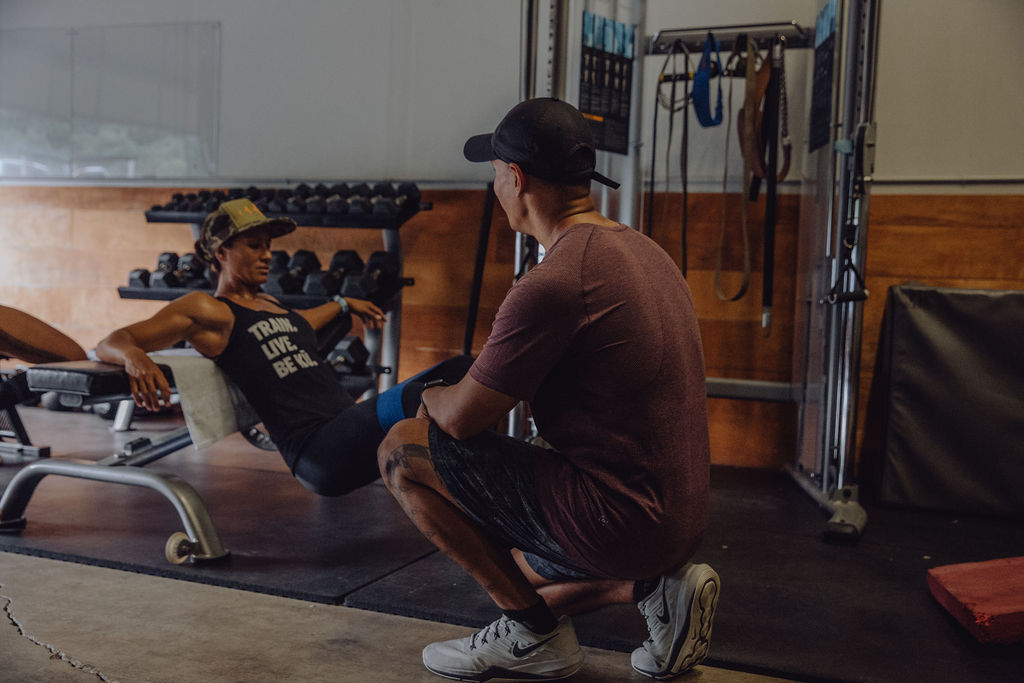In the Kumulipo, the Hawaiian creation story, tells a story of sky father, Wakea, and Hoʻohokulani having a child. But this baby boy was born a stillborn.
Wakea instructed Hoʻokokulani to bury the child at the eastern edge of the hale (house) where the sun rises in the morning. Saddened by the death of her first born child, Hoʻohokulani cried over the place where she buried the child and her tears waters the soil.
Then one day, a green shoot appeared and became the first kalo plant. Wakea and Hoʻohokulani named the kalo baby, Hāloanakalaukaplili, because of the way the heart-shaped leaves and long stalk quivered as the wind blew.
Hoʻohokulani was with child again and gave birth to a healthy male child. In honor of their first born child, the parents named this boy Hāloa. It is said that Hāloa was the first Hawaiian, the first kanaka, and that all Hawaiians are his grandchildren.
Hāloanakalaukapilili, the kalo, is the older brother of the Hawaiians which teaches us to take care of our older siblings and elders because they are the ones who hold wisdom and take care of you. This is the connection all Hawaiians have with kalo, or our brother Hāloa.
Lessons of Hāloa
The Hawaiians believe that we are Hāloa and that the kalo feeds more than just our stomach. As a child, I grew up and learned the importance of eating from the poi bowl. The poi bowl signified more than just food but also the bringing together of family. The older I become, the more I realize that when you eat kalo you are connecting back with Hāloa and reconnecting with the land and your ancestors.
In today’s modern world, we can lose sight of the importance of our environment, the nature that surrounds us, and our family.
When you look at the word ‘ohana, the word ‘oha are the baby shoots that come up from the makua (mother) plant. And the mother plant is taken care by the father who is the farmer. The Hawaiians connection with the land and kalo, and with nature, shows this relationship with the land.
As ‘oha, you are to grow and reach out to the world to learn. Then when it’s time, you bring all the knowledge and strength you learned back to your ‘ohana and to the Hawaiian people.
Like the saying goes, “Feed that which fed you.”
4 Lessons from Hāloa
I don’t have very much experience with kalo as many people out there. But I do have kalo growing in my backyard in our aquaponics area and I make pa’i’ai whenever I get the chance to pick up kalo. In my experience, I’ve learned quite a bit from reconnecting with my brother, Hāloa.
1. Bring out the essence in life. When I first learned how to pound poi, I learned that I didn’t clean the kalo as well as I was supposed to. I asked owner of Mana Ai, Daniel Anthony, what I did wrong and he said, “You have to get down to the ‘i’o, the essence of the kalo.”
You can become confused and frustrated in what you are doing in life and may feel stuck. But when you gain the strength to get rid of all the clutter and negativity, only then will you be able to experience the essence of your life.
2. Work hard to serve others. You felt this way before you. Maybe you like to cook, work in the yard, or build things but I’m sure you experienced working hard at something for the benefit of others. You gain a sense of empowerment not because you did something for yourself but because you served others.
That’s why it’s so important to volunteer and serve your community. You begin to understand the importance of service. There are times when you may feel that things aren’t going your way but remind yourself there are a lot more people who have it worse than you.
3. Serve the land and it will serve you. When I came across this lesson, I thought of a video clip I came across when Jason Scott Lee talked about what it pono means. Check it out:
One of my good friends and students (I interchange between student and athletes) said, “Everyone like be one farmer these days, but they can’t even take care of their own back yard.” Maybe you are asking, where can you start? Start by pulling your weeds.
4. Put aloha in what you do. I remember the first time I pounded poi on my own. My mom guided me in the beginning and then left me to figure the rest out on my own. I think I was working on six pounds of poi and I was probably working on it for a couple of hours. Way longer than necessary but I became so immersed into the moment that I lost track of time. When I finished and packed it up, it only felt right to give to my kupuna and friends.
But then I learned something a few days later when I spoke to another student of mine. “Thanks for the pa’i’ai, it was super ‘ono,” he said.
“Oh good, it was my first time so may not have been the best. I’m still learning,” I replied.
“No, we could taste the aloha in it. It was super good.”
Whatever you do, put your aloha into it. People will notice.
What do you have to give back?
The Kū Project uses the idea of “feeding that which fed you,” by sharing the stories and thoughts from people who can bring strength and knowledge to Hawaii and help empower others to become stronger.
You have a story to share. Every life is unique and has the potential of inspiring another life.






